- Write by:
-
Friday, September 11, 2020 - 8:33:55 PM
-
774 Visit
-
Print
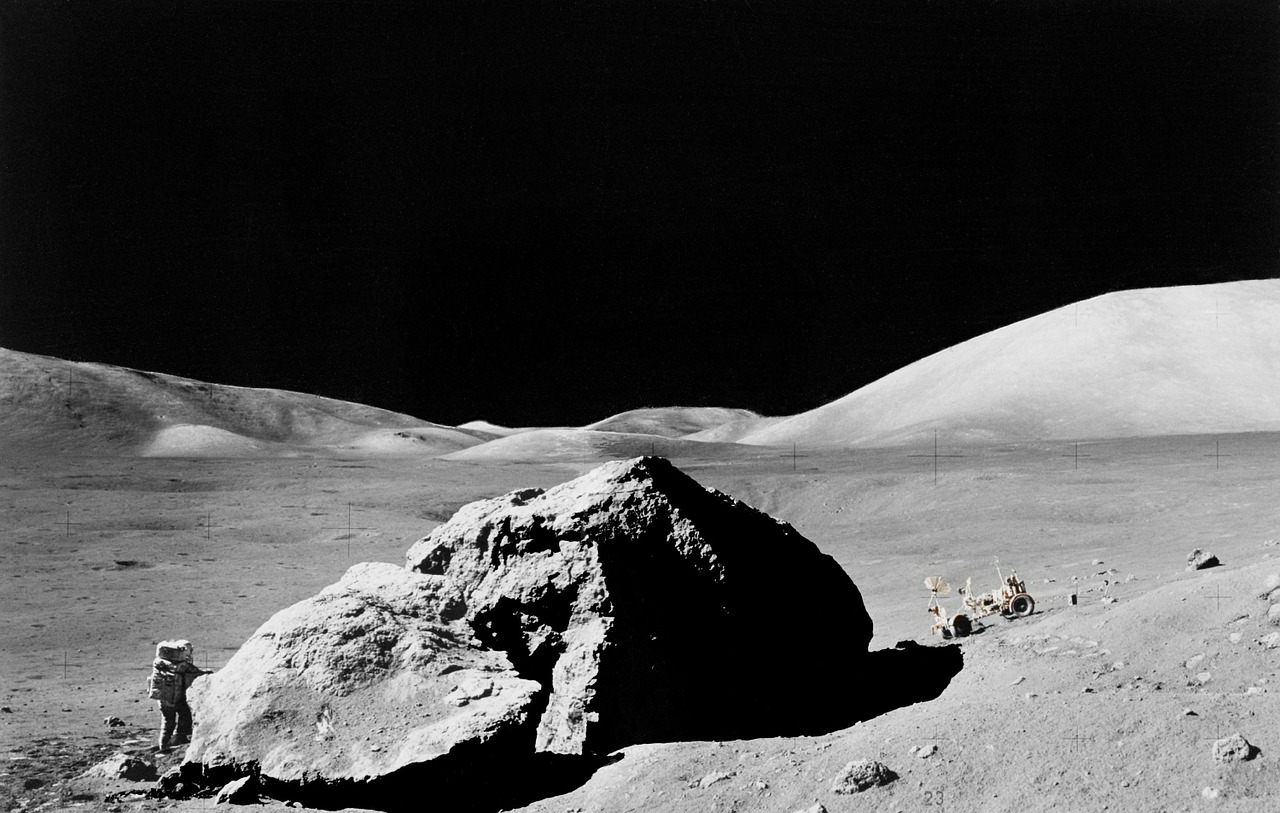
Mining News Pro - NASA wants to buy some moon rocks, and it’s seeking out companies to make space mining trips so that it can establish a legal framework for its galactic aspirations.
The agency is soliciting bids from explorers anywhere on Earth who are willing to finance their own trips to the moon and collect soil or rock samples without actually returning the material to earth. The effort is meant to set a legal precedent for mining on the lunar surface that would allow NASA to one day collect ice, helium or other materials useful to colonies on the moon and, eventually, Mars.
The National Aeronautics and Space Administration also wants to demonstrate the potential for “in-situ resource utilization,” or using locally sourced materials for future space missions, it said Thursday. NASA anticipates paying roughly between $15,000 to $25,000 per moon contract, agency Administrator Jim Bridenstine said, though final pricing will be determined by the competition.
Activities beyond the earthly plane are currently governed by the United Nations Outer Space Treaty of 1967. Signed by the U.S., it bars extraterrestrial military bases or nuclear weapons and basically requires nations to explore in peace and clean up their own messes.
In particular, the treaty stipulates that outer space isn’t subject to “national appropriation by claim of sovereignty, by means of use or occupation, or by any other means.” But it doesn’t specifically address space mining.
“It’s time for regulatory certainty to extract and trade space resources,” Bridenstine said in a tweet.
The winning bidder will “collect up to 500 grams (1.1 pounds) of lunar material, photograph it, document its location and then “conduct an ‘in-place’ transfer of ownership of the lunar regolith or rocks to NASA,” the agency said in a blog post. NASA will sort out any retrieval plans for the material at a later date.
It’s not clear yet who might step up as a contender. Landing on the moon is neither cheap nor easy, and NASA will pay only for the lunar material that’s collected. The contractor will be responsible for all costs associated with the mission, NASA spokeswoman Stephanie Schierholz said in an email.
Financially, the contract would make most sense for explorers already planning lunar trips. India plans a second try at landing a rover on the moon after its first attempt failed in September 2019. A $100 million privately funded Israeli mission to land on the lunar surface failed in April 2019. In March 2018, Google and the XPrize Foundation ended its $30 million lunar competition after multiple private teams were unable to launch and land a small rover on the moon and to drive it at least 500 meters (1,640 feet).
NASA’s Artemis program aims to land astronauts on the moon in 2024.
Short Link:
https://www.miningnews.ir/En/News/598130
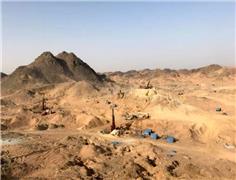
Chinese coal prices are likely to keep falling until the start of the peak summer season, suppressing imports of the ...
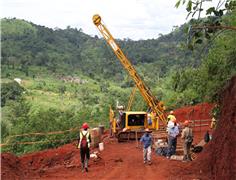
Ivanhoe Electric (NYSE American: IE) (TSX: IE) terest in the Samapleu-Grata nickel-copper project in Côte d’Ivoire after ...
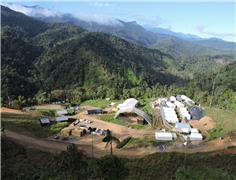
SolGold has managed to slash the upfront cost of the 100% owned Cascabel project in Ecuador while the company continues ...

Dolly Varden Silver (TSXV: DV) has discovered a new, gold-rich zone to the northwest of its Homestake Silver deposit in ...

Anglo American is in the early stages of exploring for copper and cobalt in Zambia’s North-Western province, its chief ...

Mining News Pro - Canadian junior Adventus Mining is acquiring cohort Luminex Resources in an all-stock deal that ...

Mining News Pro - Epiroc is partnering with European consortium Smart Exploration on research dedicated to minerals and ...
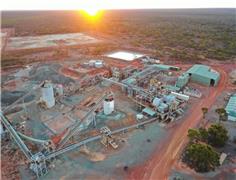
Mining News Pro - Poseidon Nickel has provided details of the recent progress made at its flagship projects located in ...

Mining News Pro - KoBold Metals, a mining start-up backed by Bill Gates that’s developing a copper project in Zambia, is ...
No comments have been posted yet ...